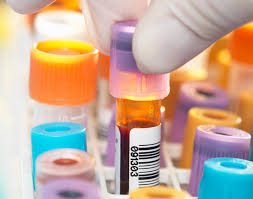Urine may seem like something ordinary, but its color can give you important clues about your health. Paying attention to changes in urine color can help you detect early signs of illness, dehydration, or even serious conditions.
Why does urine color change?
Normally, urine color varies from light yellow to dark amber, depending on how much water you drink and what you eat. But some changes can be warning signs:
Dark yellow or amber urine – Often means your body is dehydrated and needs more water. However, if it stays dark and has a strong smell, it could point to liver or bile duct problems.
Red or pink urine – This may indicate blood in your urine, which can be caused by urinary tract infections, kidney stones, or, in severe cases, bladder or kidney cancer. Sometimes, eating foods like beets or berries can also turn urine red, so it’s important to consider your diet.
Cloudy or murky urine – May signal an infection or kidney problems.
Very pale or clear urine – Usually means you are well-hydrated, but if it happens too often, it could be linked to diabetes or kidney issues.
If you notice sudden or persistent changes in your urine color, don’t ignore them. It’s best to see a doctor for a proper check-up. Your body often gives small signs before serious problems appear, and listening to these signs could save your life.



